Regulatory Support and Guidelines
The establishment of supportive regulatory frameworks in Spain is fostering growth in the food allergy-diagnosis-treatment market. Government agencies are actively promoting guidelines for the diagnosis and management of food allergies, which encourages healthcare professionals to adopt standardized practices. This regulatory support not only enhances the quality of care but also instills confidence in patients seeking diagnosis and treatment. For instance, the Spanish Agency for Food Safety and Nutrition has issued recommendations that emphasize the importance of accurate diagnosis and effective management strategies. Such initiatives are likely to stimulate market growth by increasing the availability of approved diagnostic tools and treatment options, thereby improving patient access to necessary healthcare services.
Advancements in Diagnostic Technologies
Technological innovations in diagnostic methodologies are significantly impacting the food allergy-diagnosis-treatment market. The introduction of advanced testing techniques, such as component-resolved diagnostics and molecular allergology, allows for more precise identification of allergens. These advancements are crucial in Spain, where accurate diagnosis is essential for effective management of food allergies. The market is witnessing a shift towards more sophisticated diagnostic tools that can provide rapid and reliable results, thereby enhancing patient care. As healthcare providers increasingly adopt these technologies, the demand for innovative diagnostic solutions is expected to rise, further propelling the growth of the food allergy-diagnosis-treatment market.
Increasing Prevalence of Food Allergies
The rising incidence of food allergies in Spain is a critical driver for the food allergy-diagnosis-treatment market. Recent studies indicate that approximately 7% of children and 3% of adults in Spain are affected by food allergies, leading to heightened demand for diagnostic and treatment solutions. This growing prevalence necessitates the development of innovative diagnostic tools and effective treatment options, as healthcare providers seek to address the needs of an expanding patient population. Furthermore, the increasing number of allergic reactions reported in emergency departments underscores the urgency for improved awareness and management strategies. As a result, stakeholders in the food allergy-diagnosis-treatment market are likely to invest in research and development to create more effective therapies and diagnostic methods, ultimately enhancing patient outcomes.
Growing Demand for Allergen-Free Products
The increasing consumer demand for allergen-free food products is a notable driver for the food allergy-diagnosis-treatment market. In Spain, there is a marked shift towards healthier eating habits, with consumers becoming more conscious of food ingredients and potential allergens. This trend is prompting food manufacturers to develop allergen-free alternatives, which in turn drives the need for effective diagnosis and treatment options for individuals with food allergies. The market for allergen-free products is projected to grow, as consumers seek safer food choices. Consequently, this demand influences the food allergy-diagnosis-treatment market by necessitating the development of comprehensive diagnostic services and treatment plans tailored to individual needs.
Increased Collaboration Among Stakeholders
The food allergy-diagnosis-treatment market is experiencing enhanced collaboration among various stakeholders, including healthcare providers, researchers, and patient advocacy groups. This collaborative approach is essential for addressing the complexities of food allergies in Spain. By working together, these stakeholders can share knowledge, resources, and best practices, ultimately leading to improved diagnostic and treatment options. Initiatives such as joint research projects and educational campaigns are likely to emerge, fostering a more informed public and better healthcare outcomes. This synergy among stakeholders not only strengthens the food allergy-diagnosis-treatment market but also promotes a holistic approach to managing food allergies, benefiting patients and healthcare systems alike.


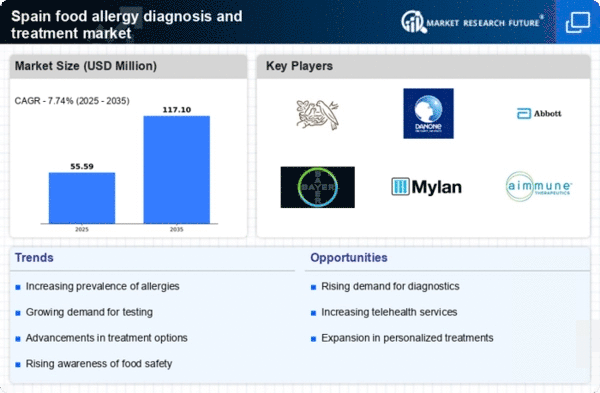
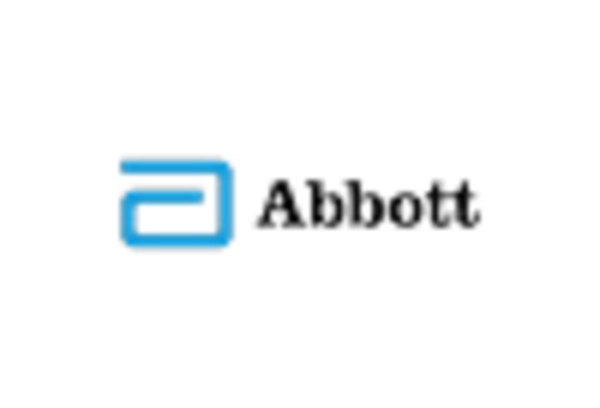
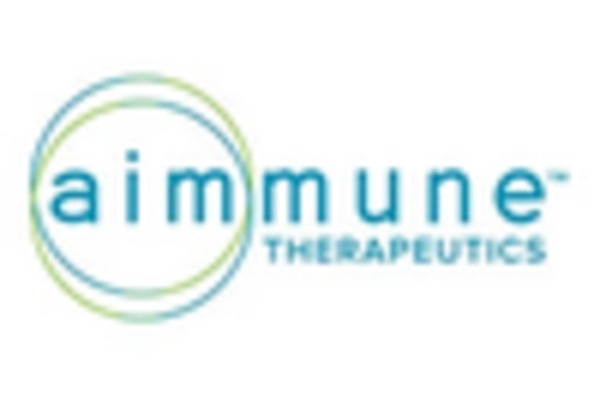
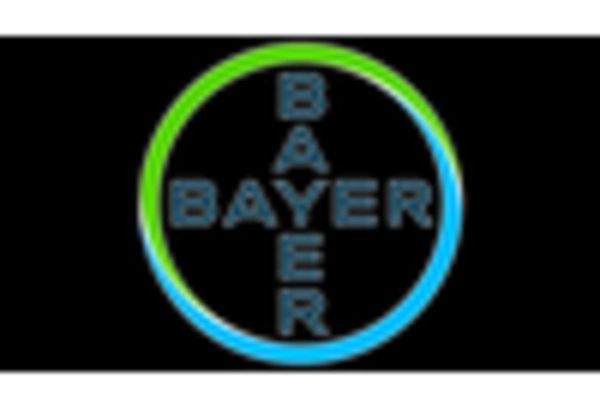
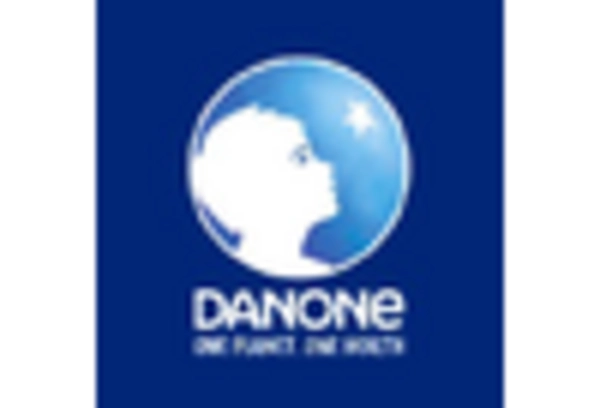
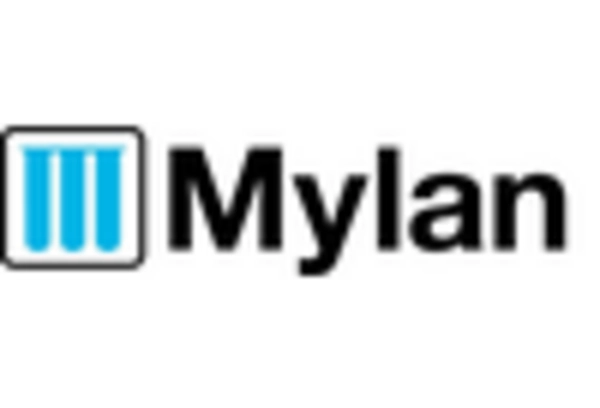
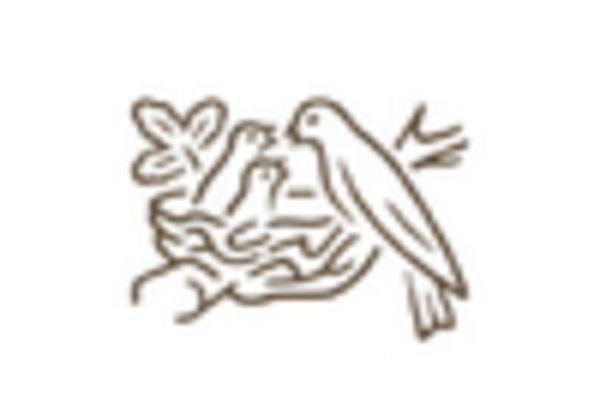








Leave a Comment